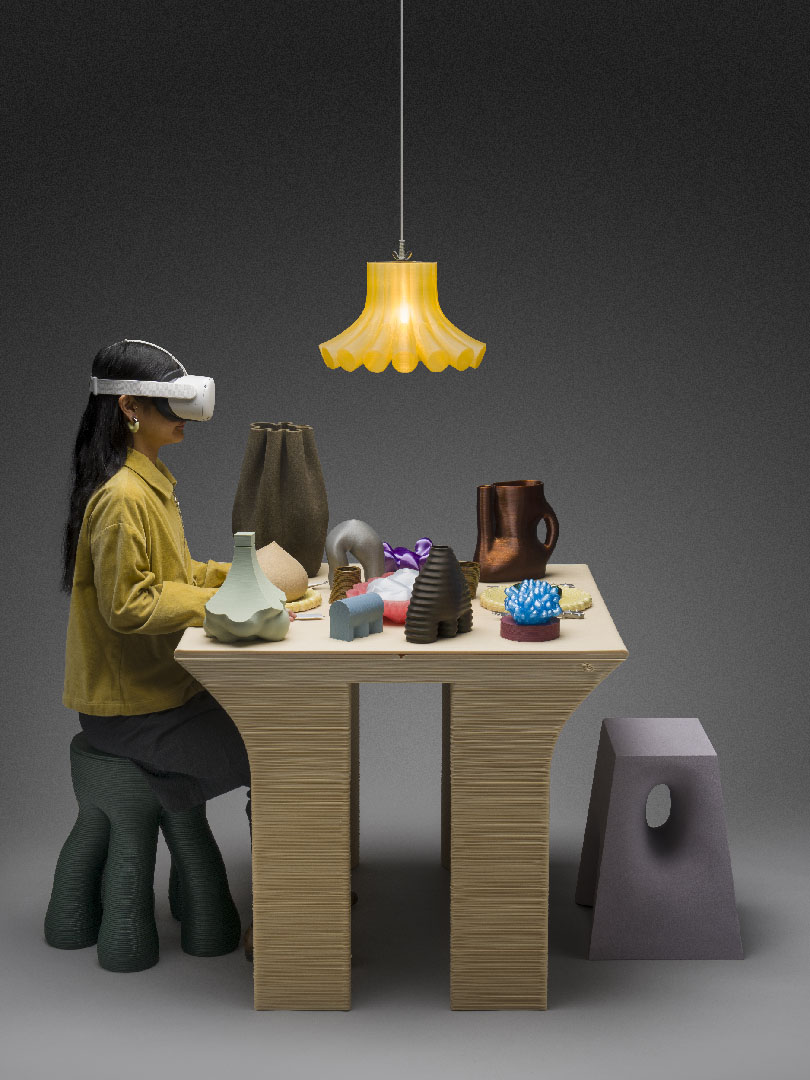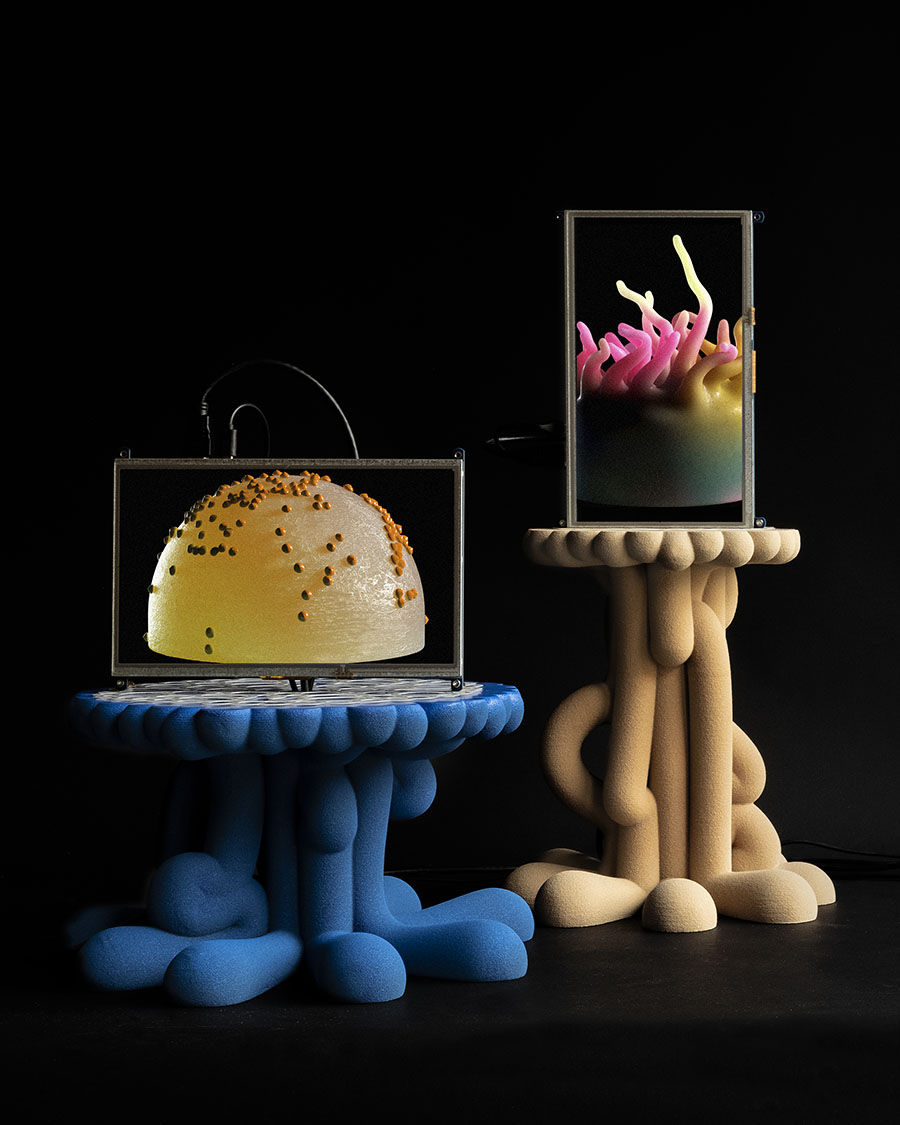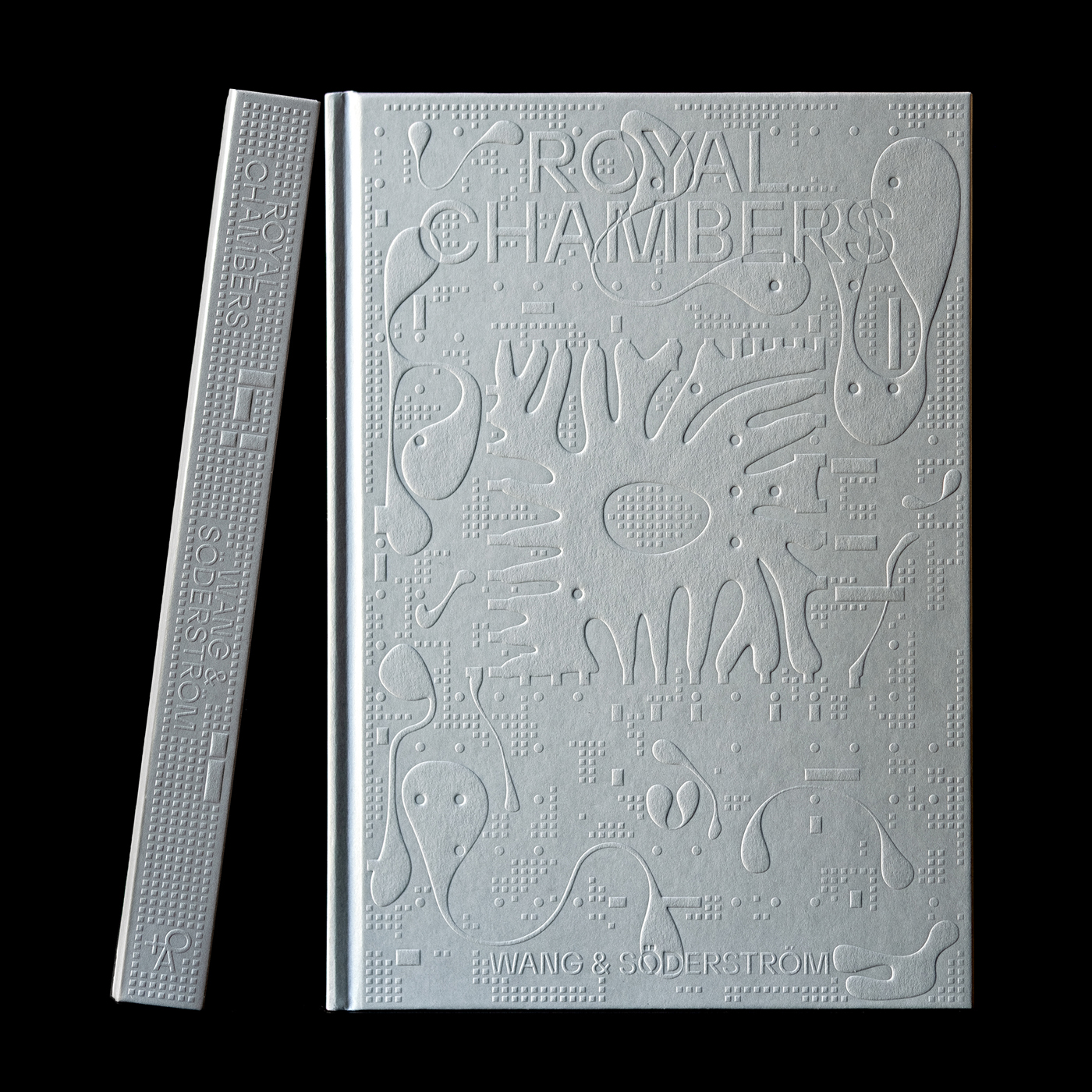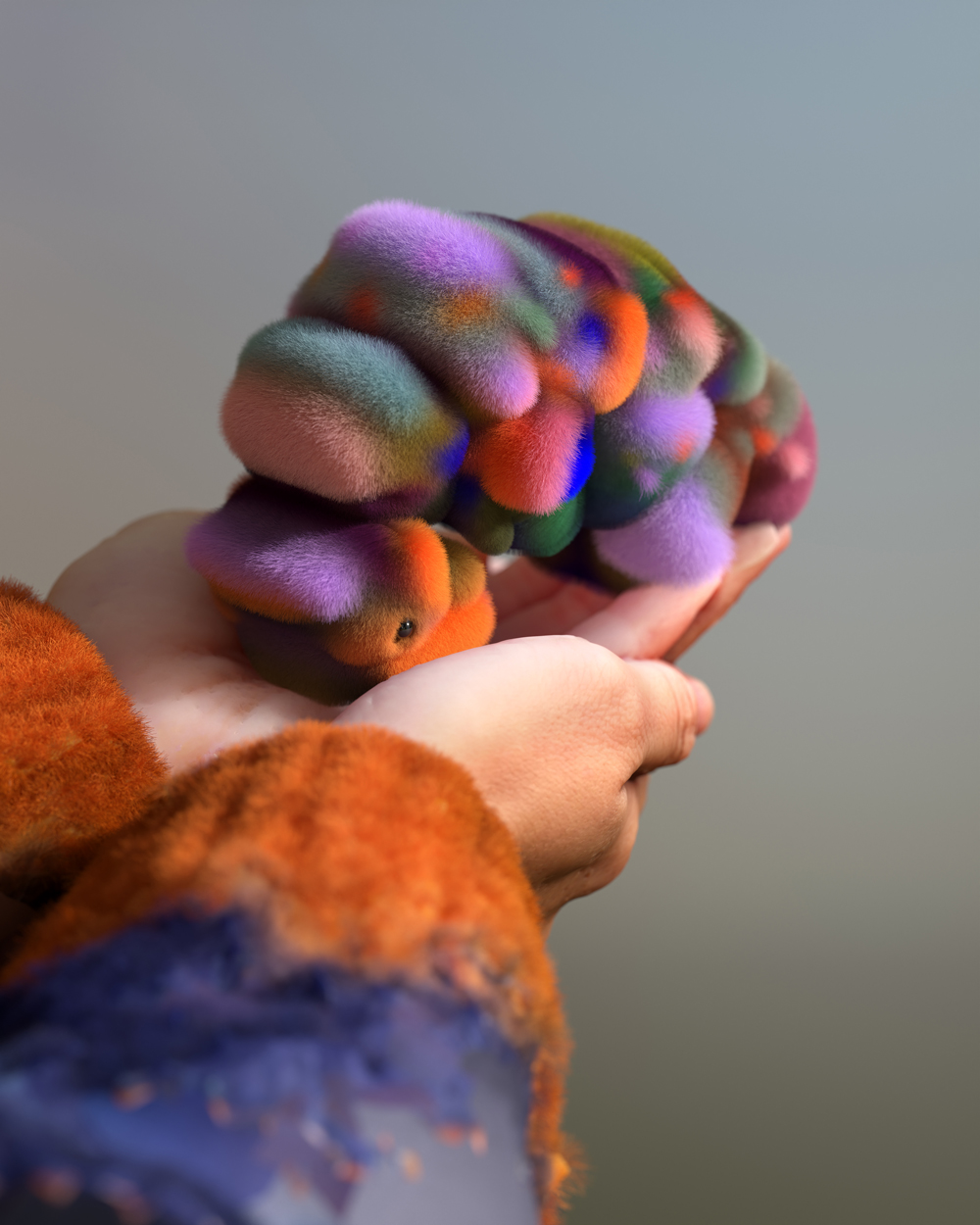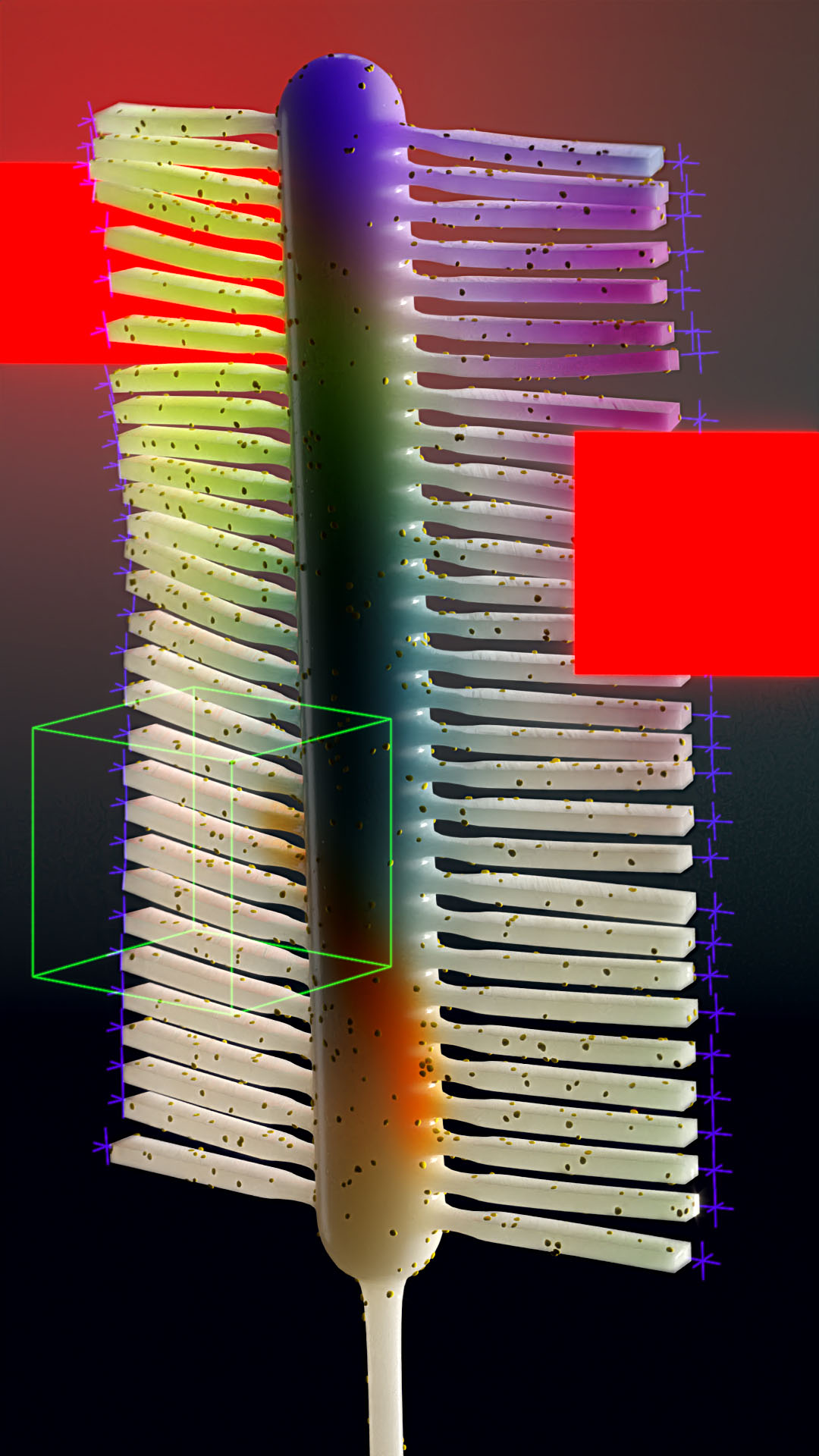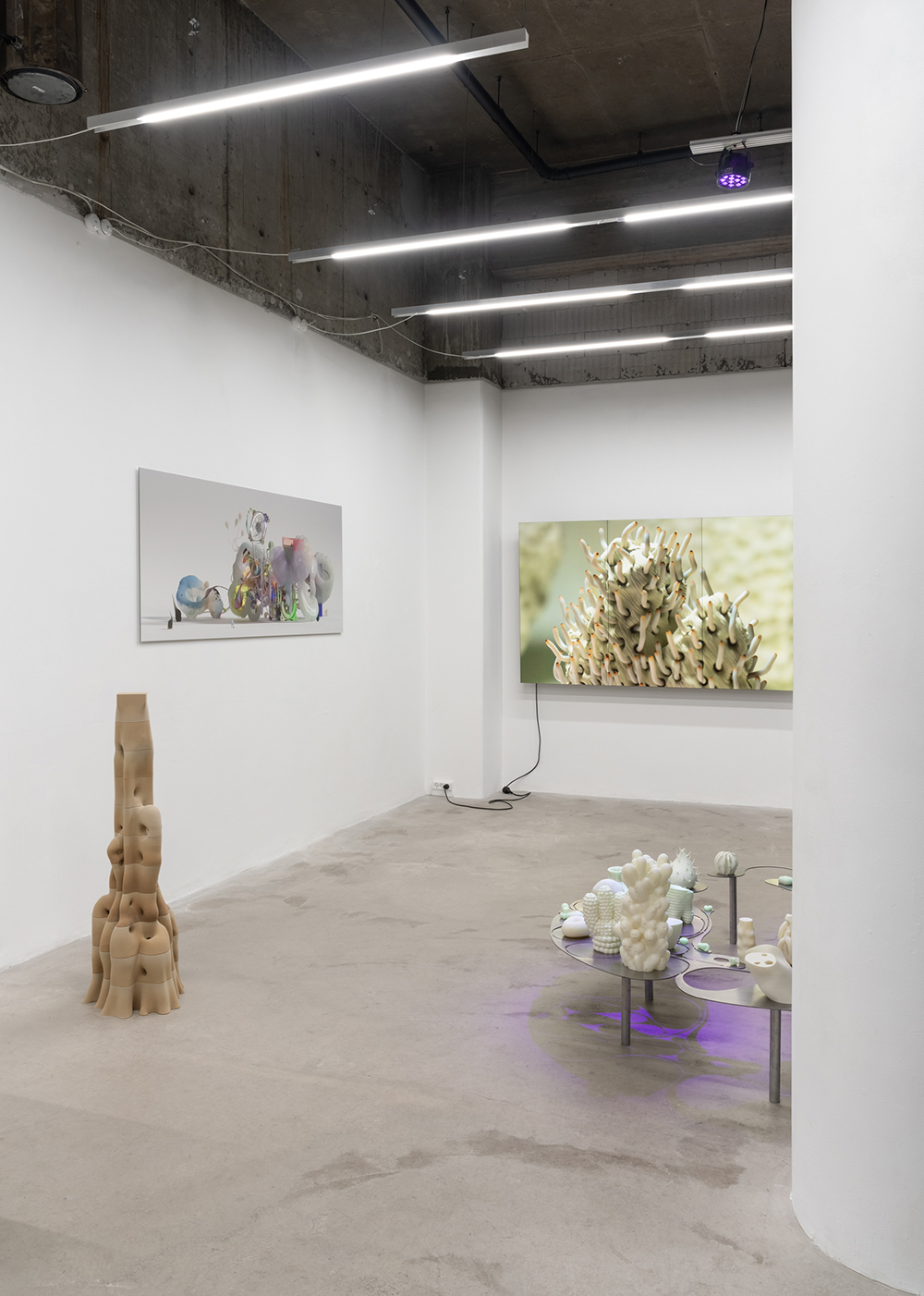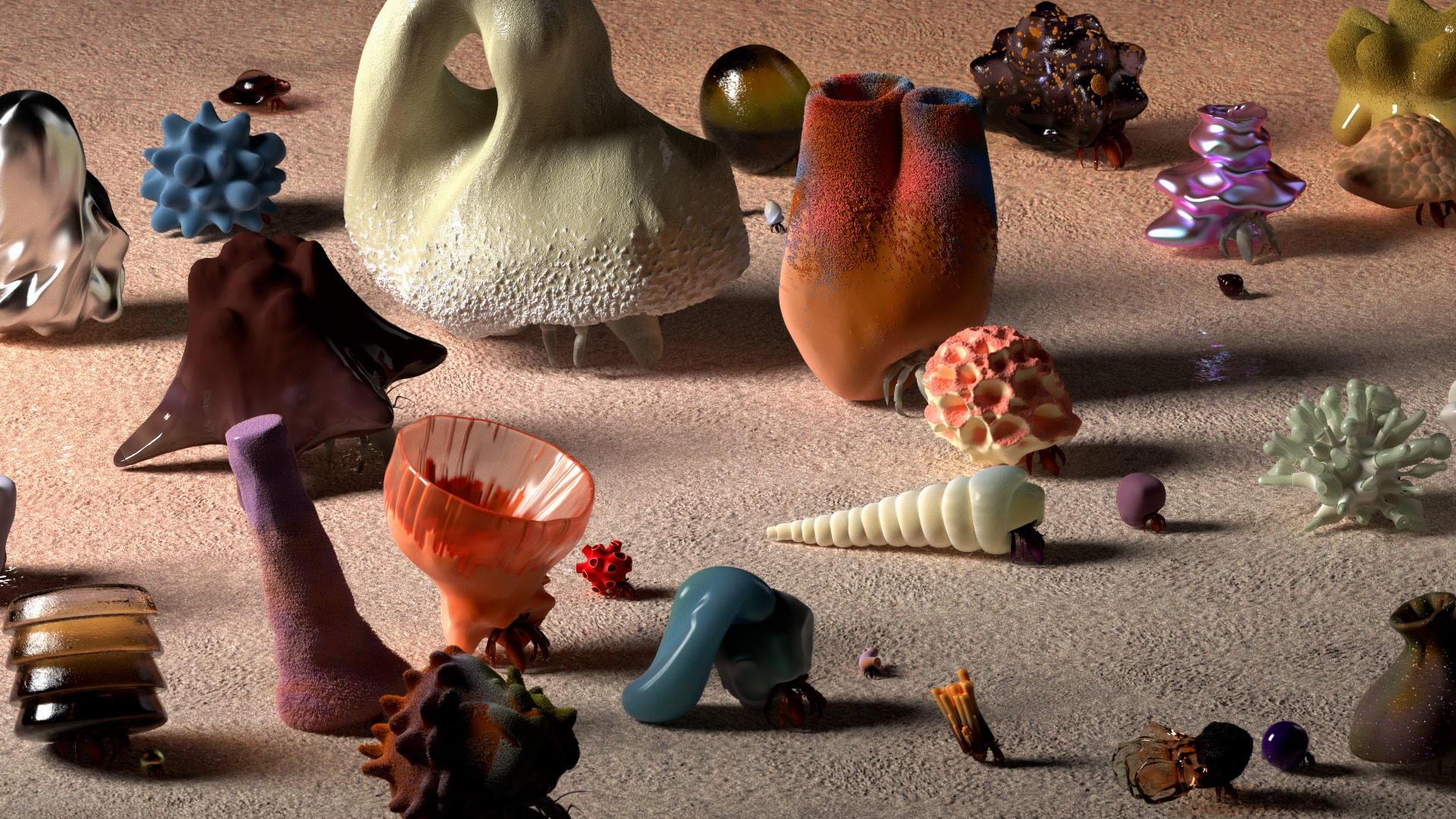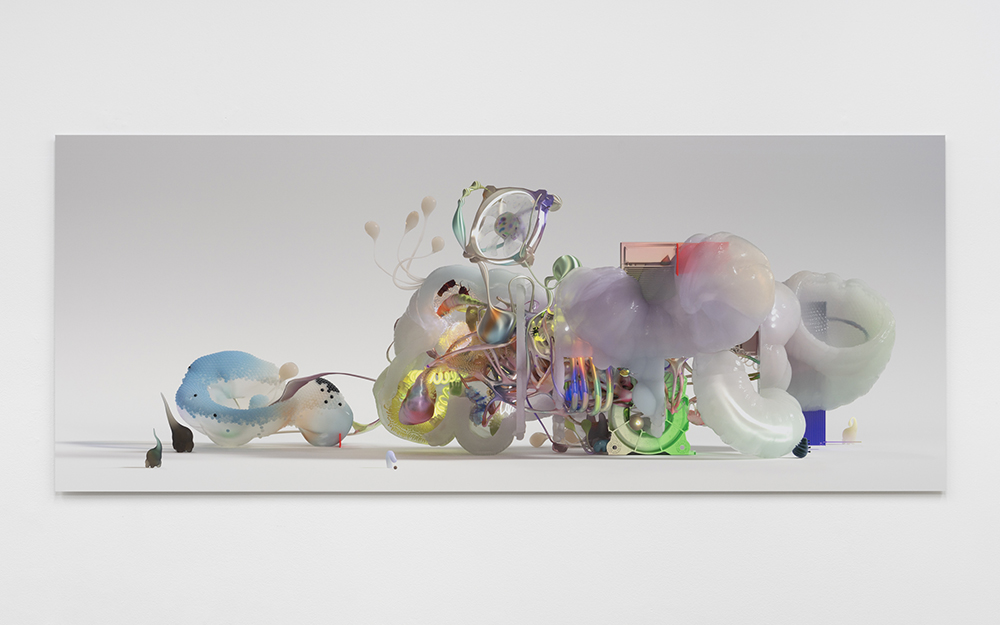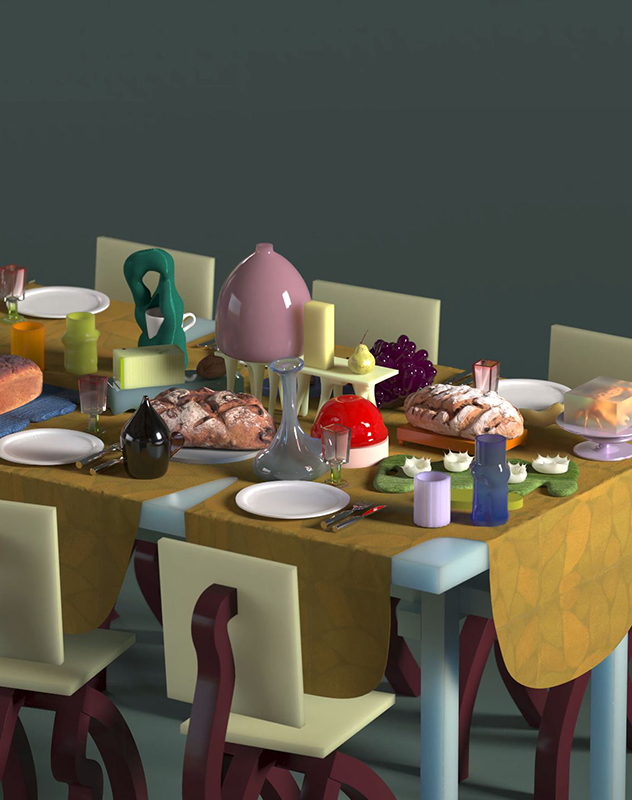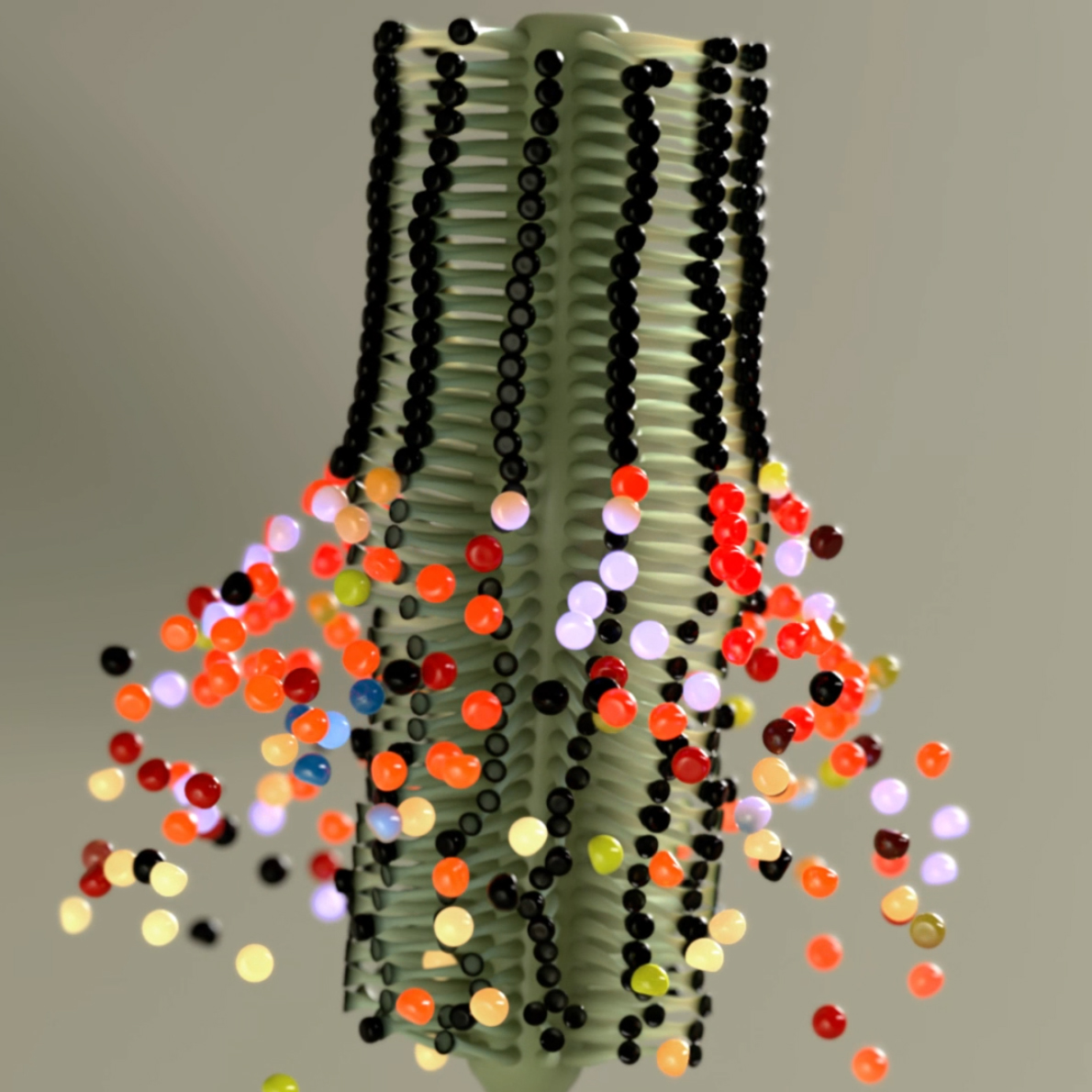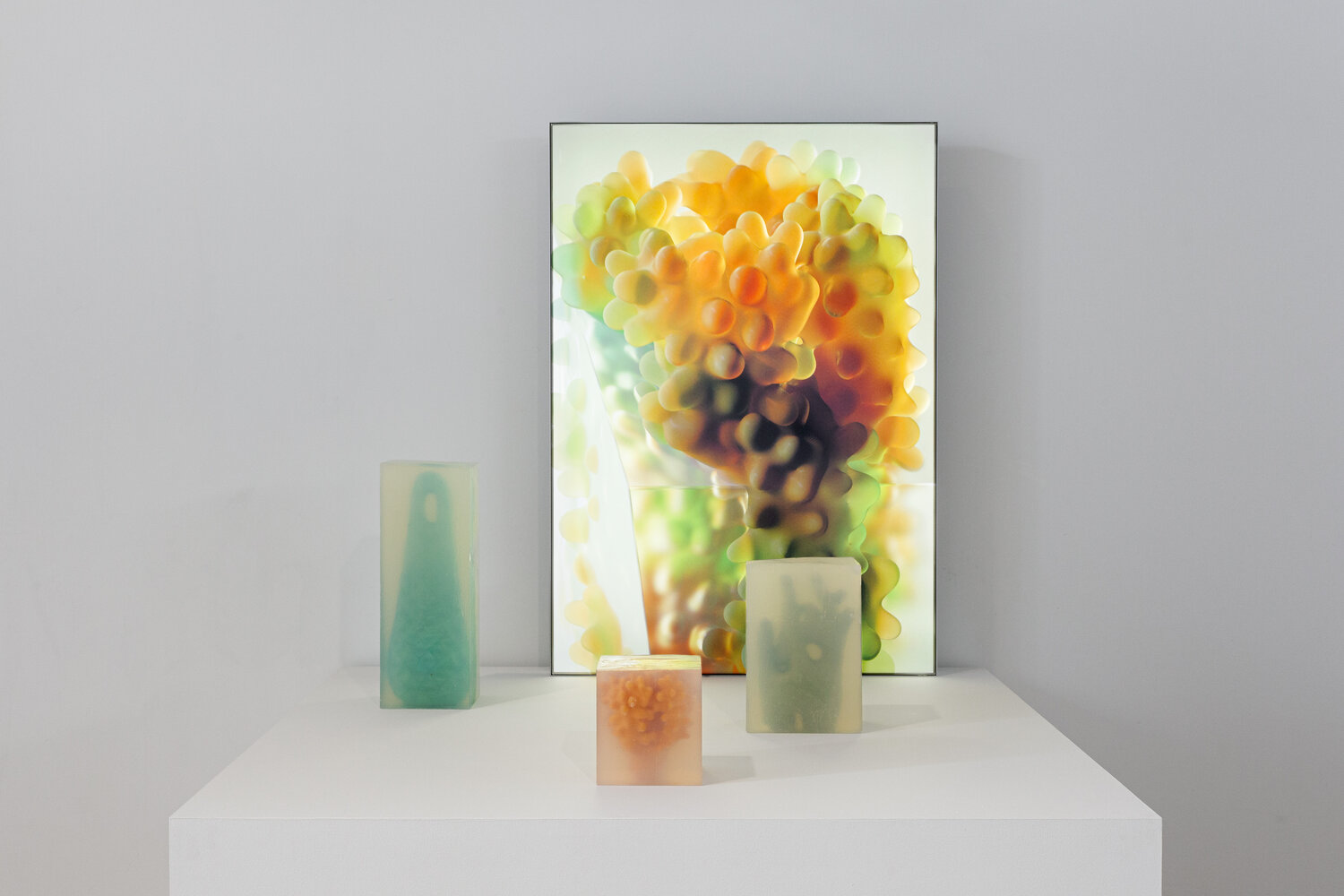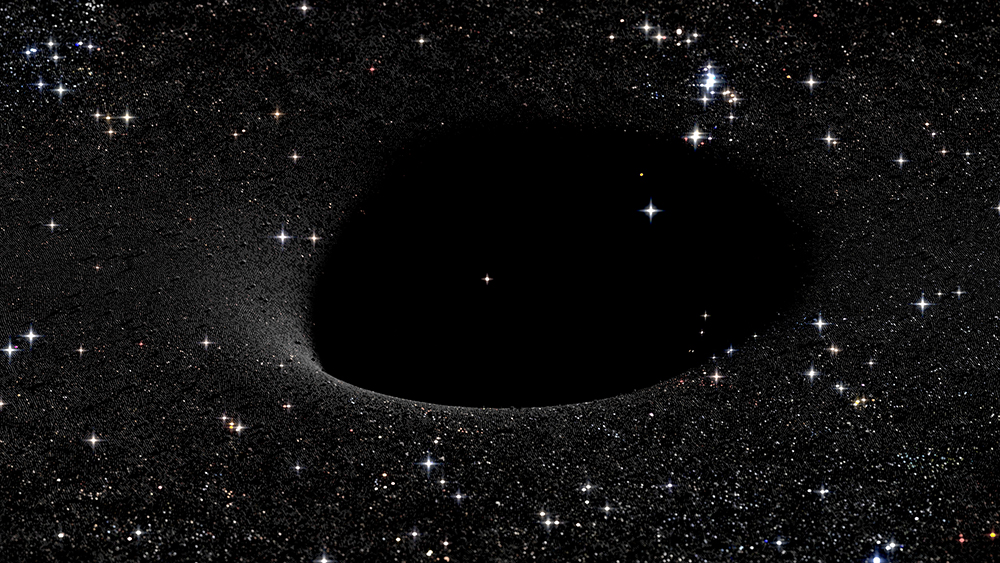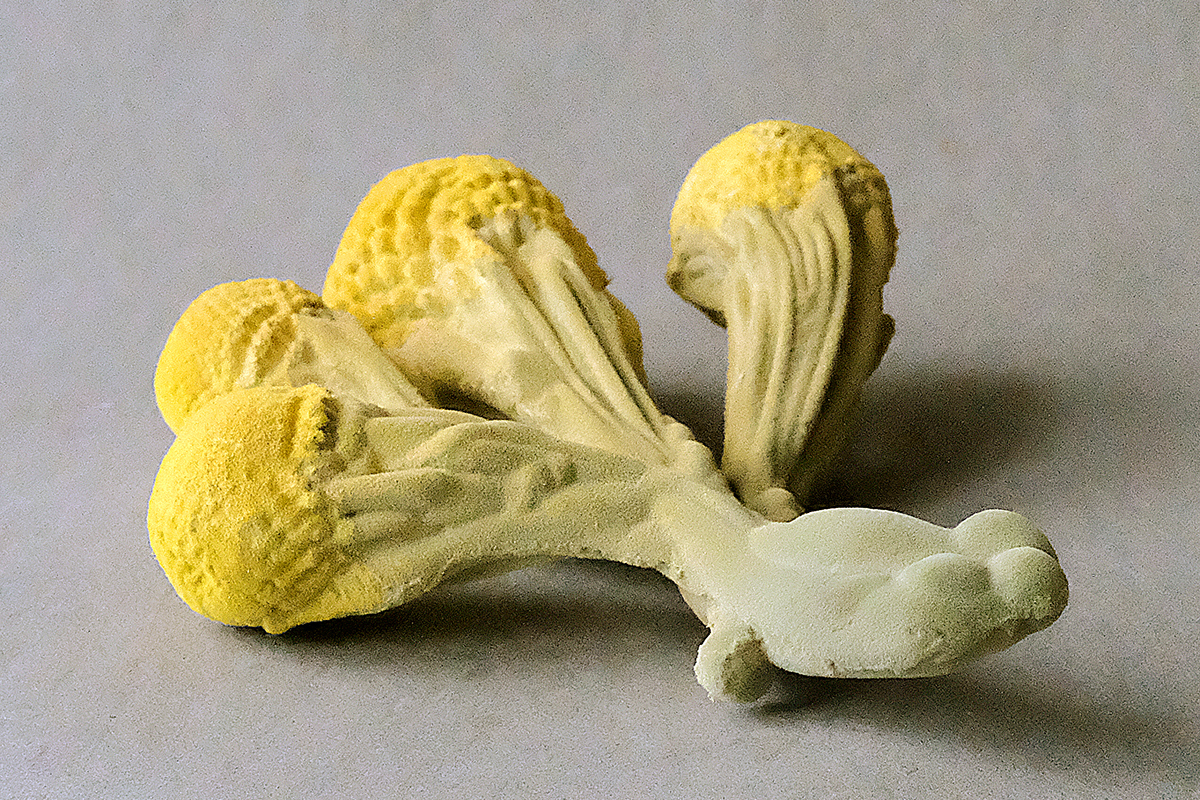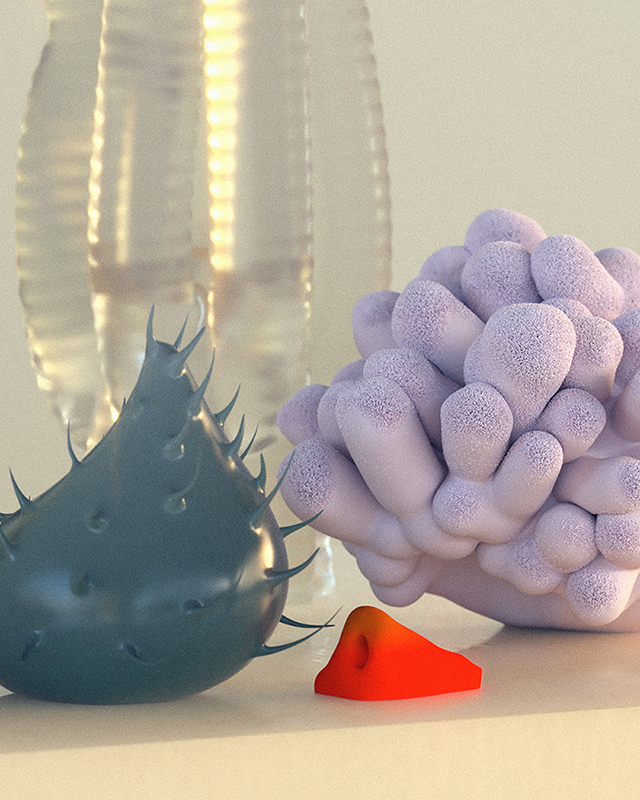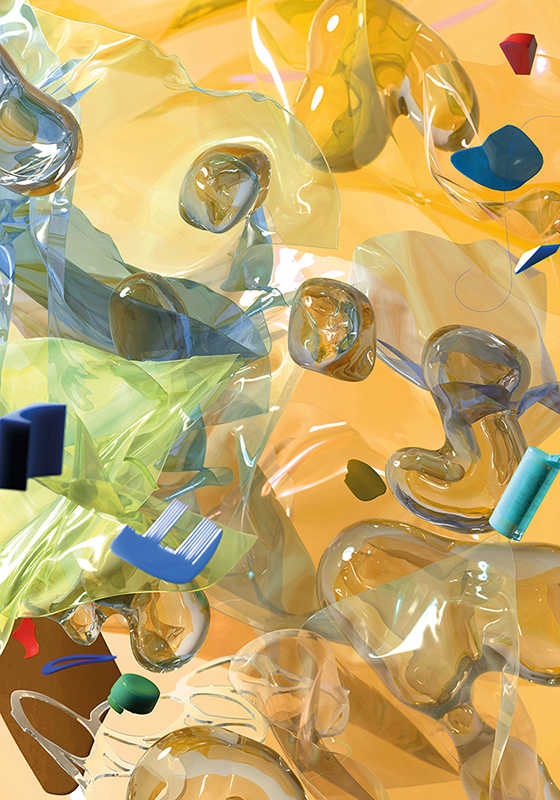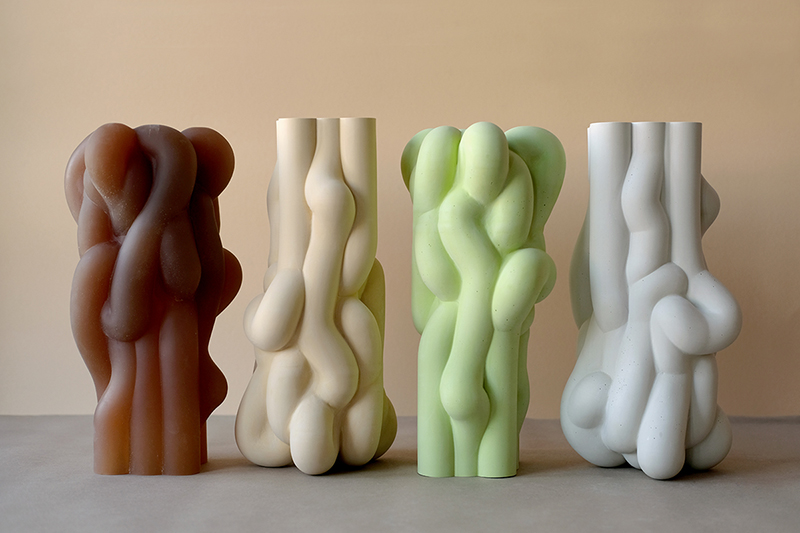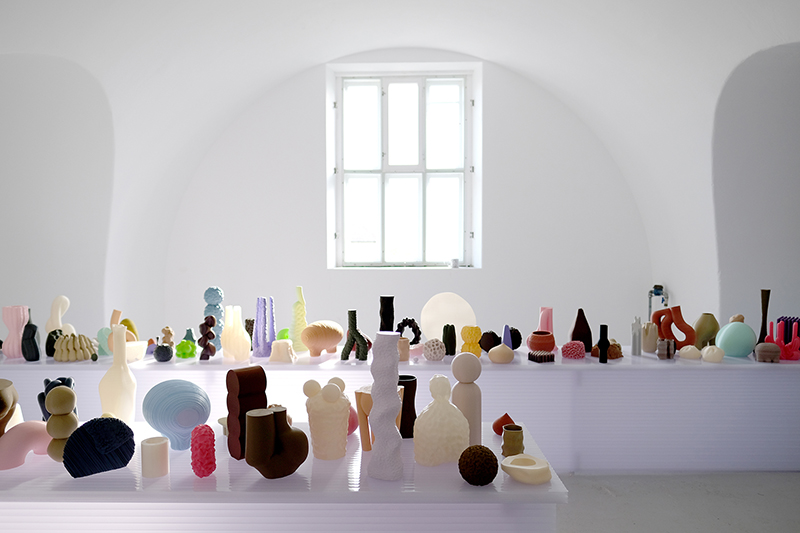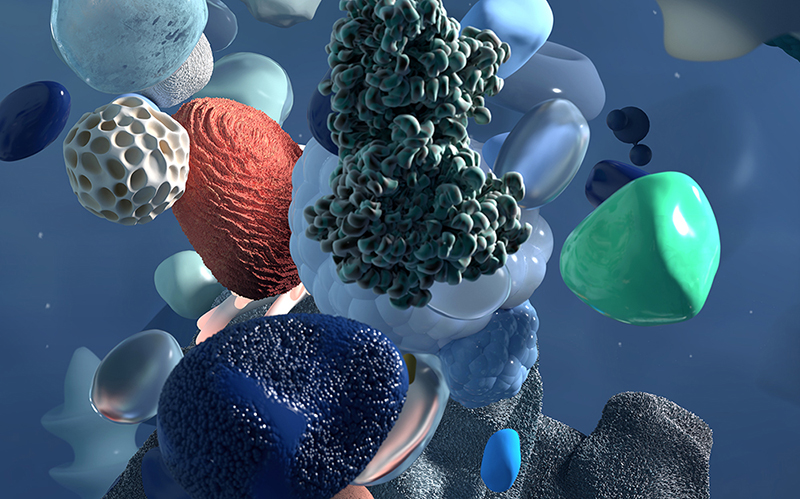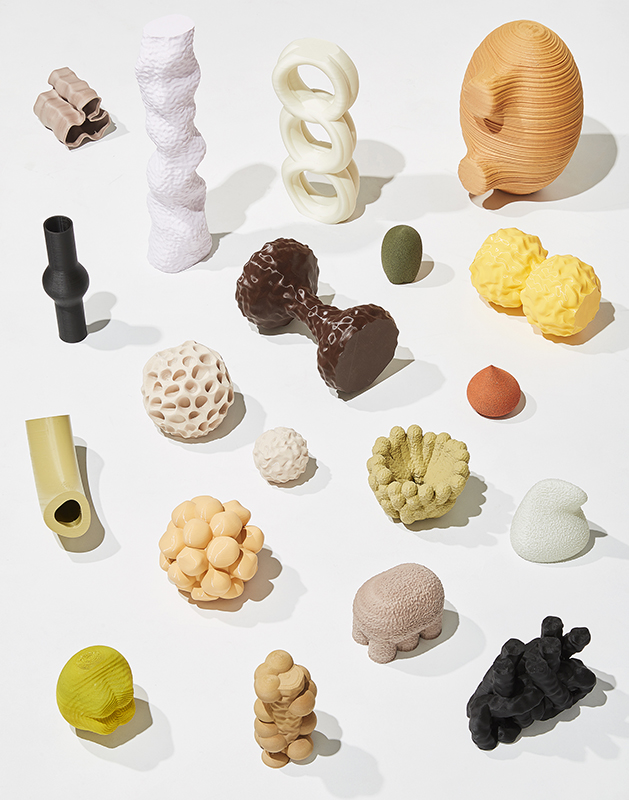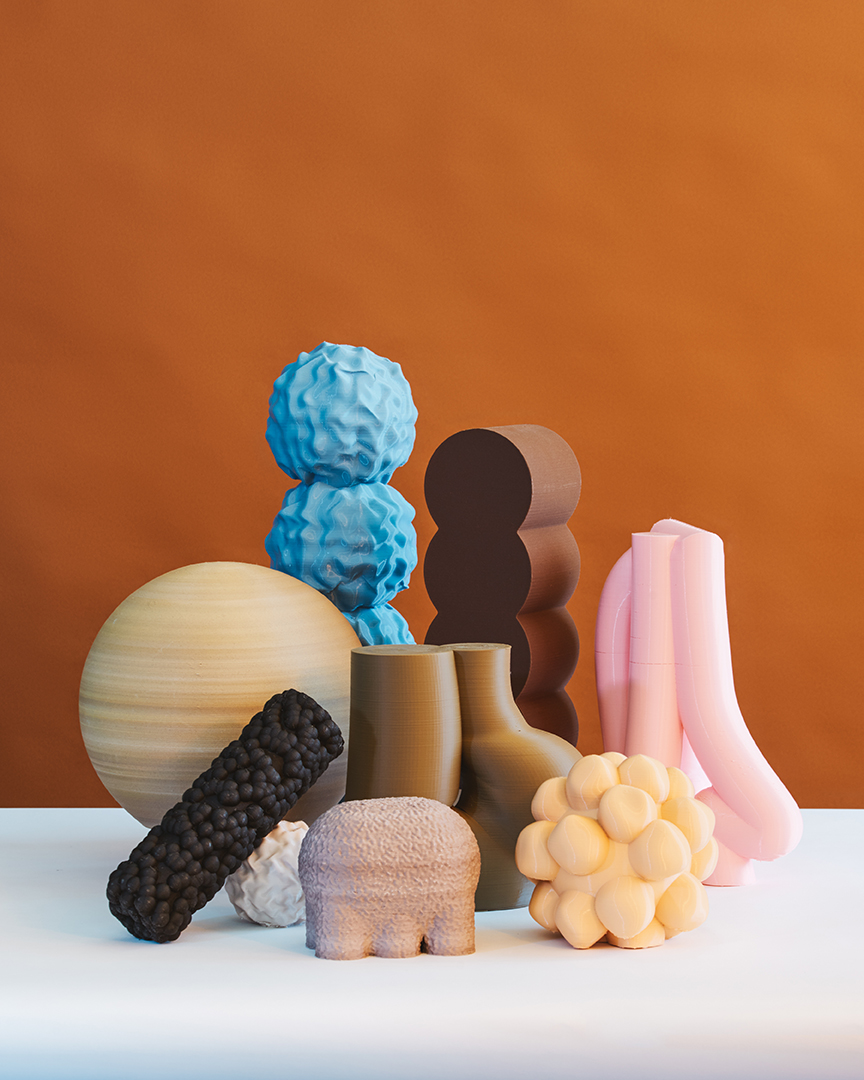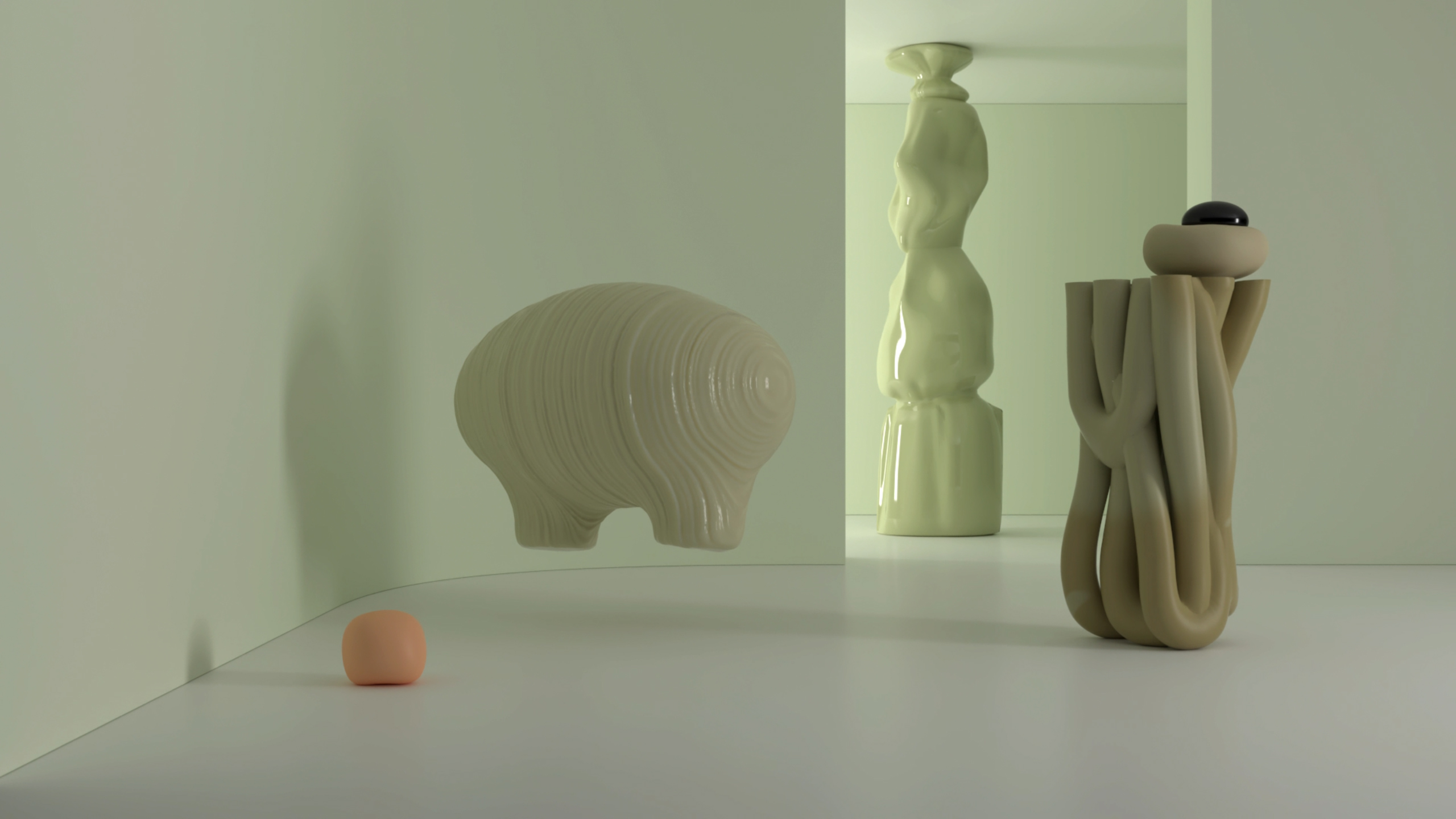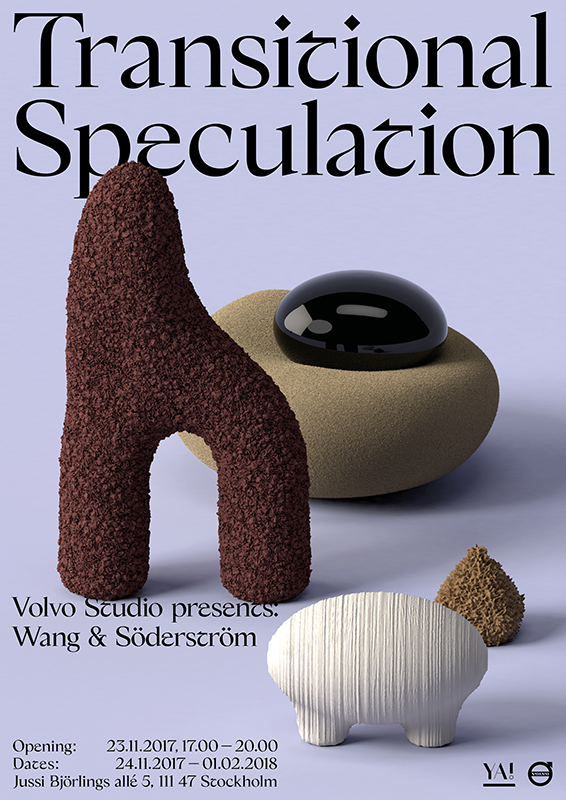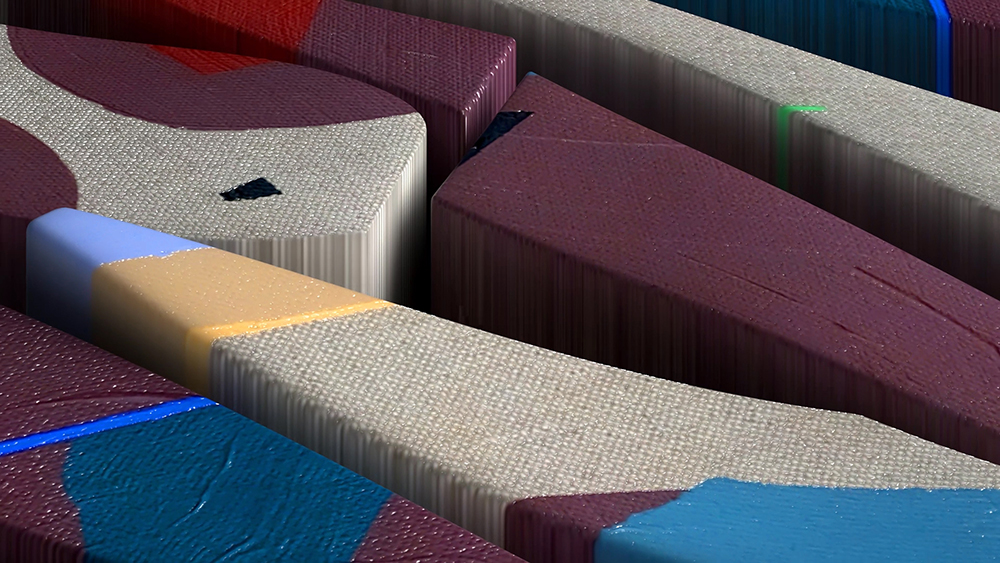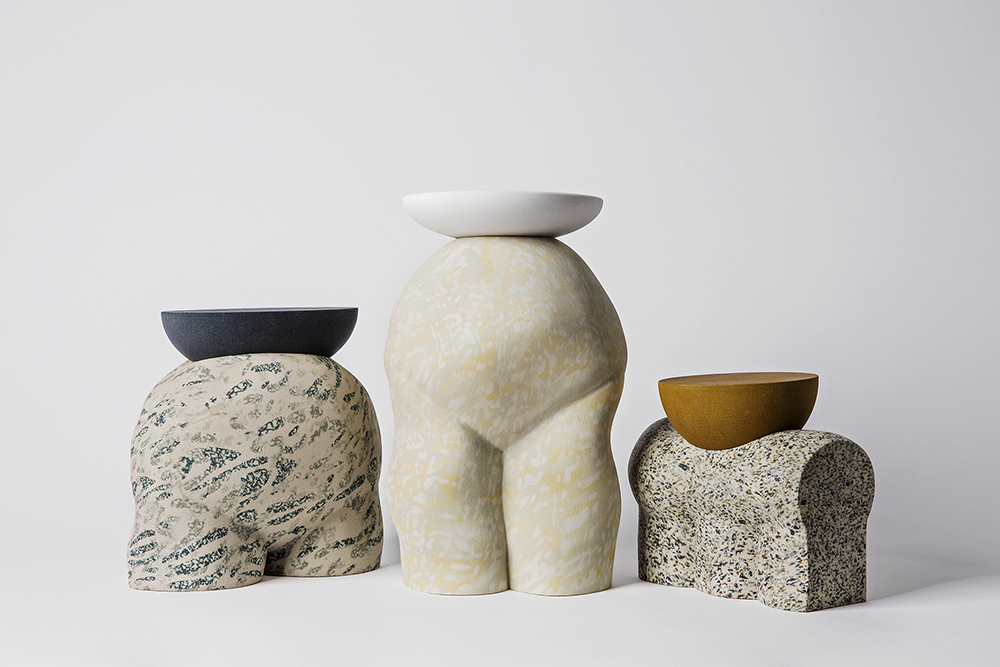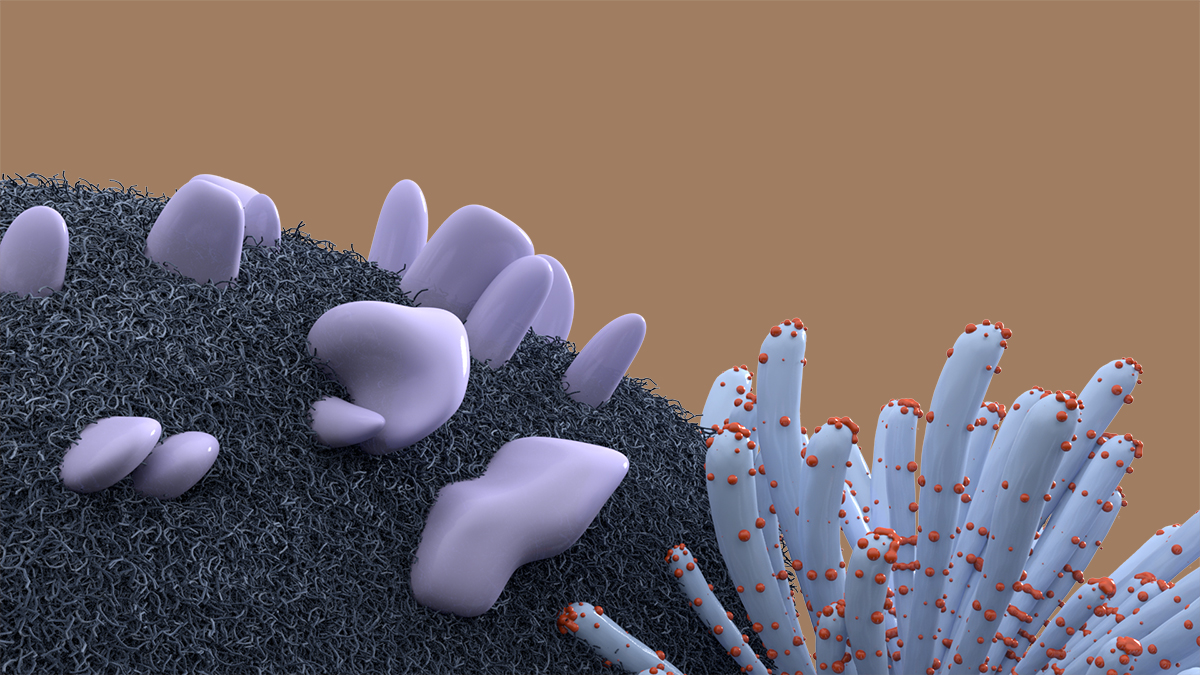Array
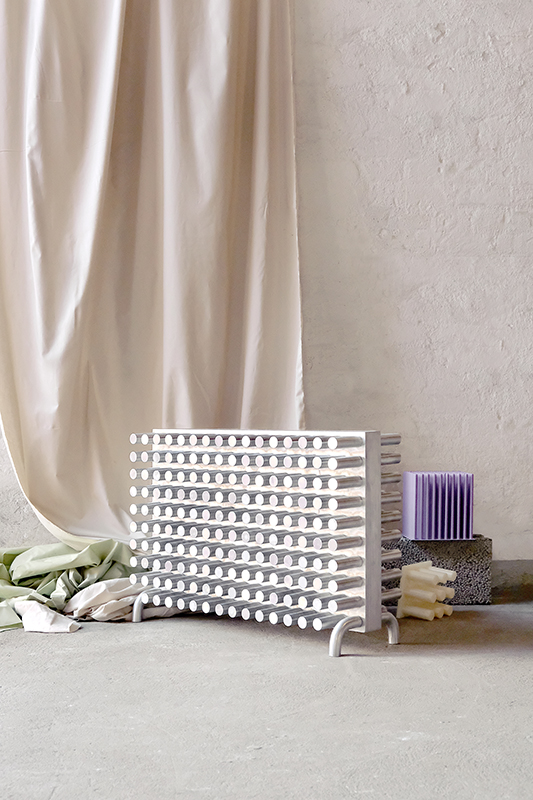

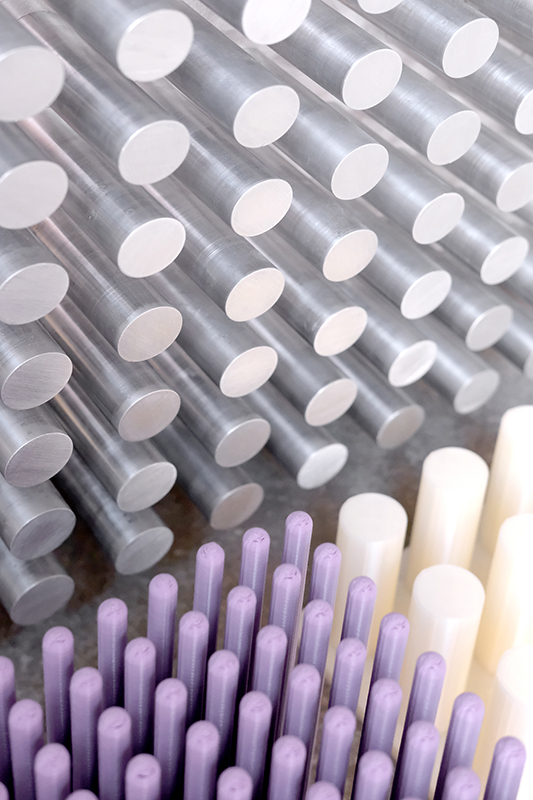
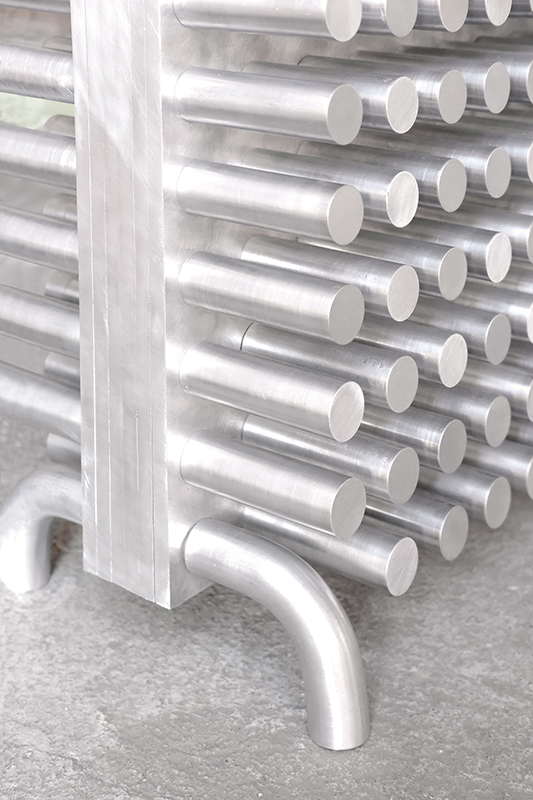

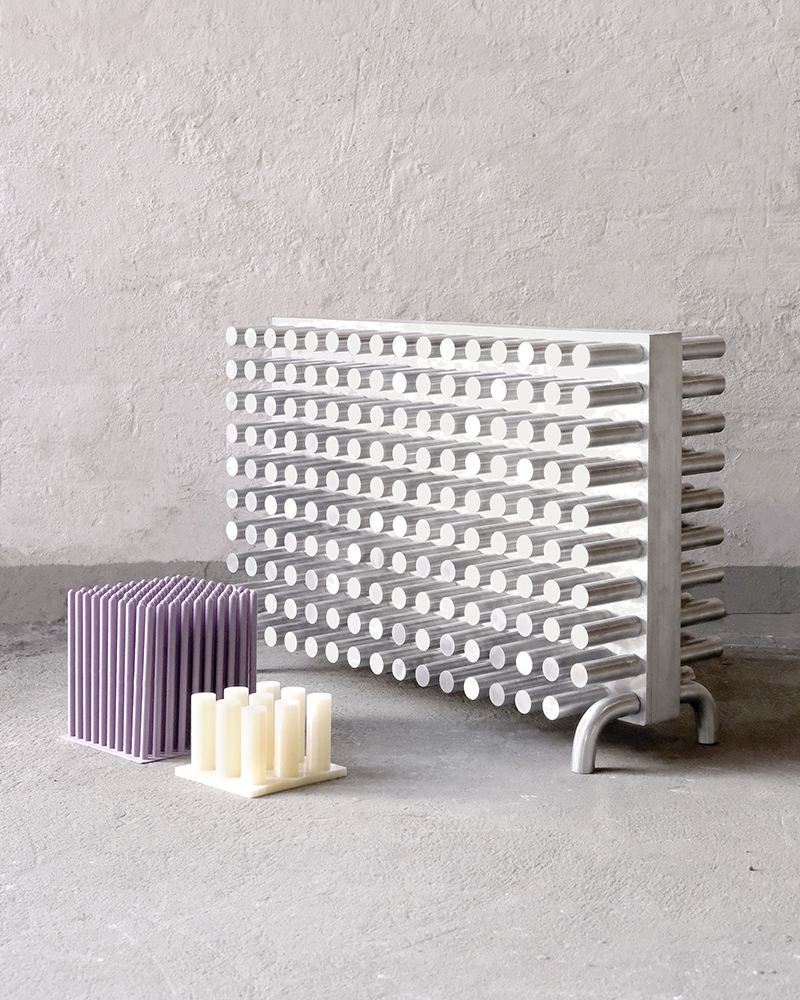
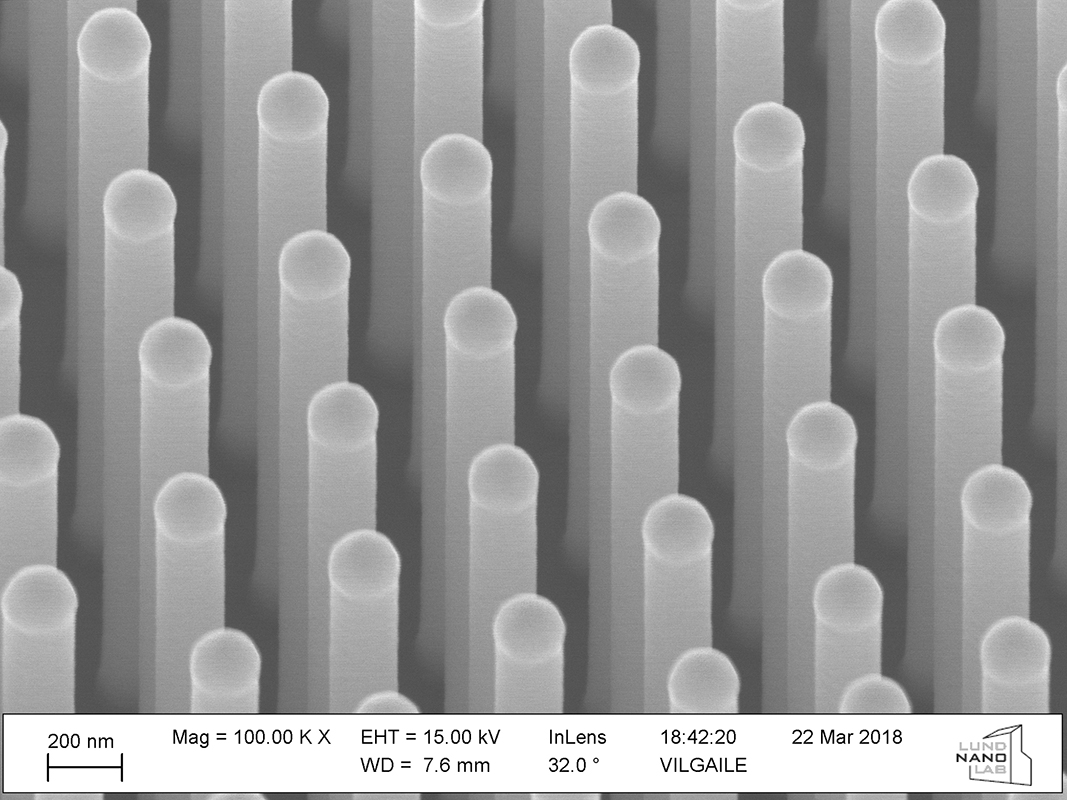
Year: 2018
Technique & Material:Outside: Brushed aluminium, for its thermal conductivity.
Inside: Phase change material ClimSel from Climator (PCM). ClimSel is a water soluble, non-flammable product based on salts.
Dimensions: l: 800 x h: 560 x d: 240 mm
Exhibited:
◦ ‘What Matter_s’ — Group Exhibition. Dutch Design Week, Eindhoven. October 2018.
Technique & Material:Outside: Brushed aluminium, for its thermal conductivity.
Inside: Phase change material ClimSel from Climator (PCM). ClimSel is a water soluble, non-flammable product based on salts.
Dimensions: l: 800 x h: 560 x d: 240 mm
Exhibited:
◦ ‘What Matter_s’ — Group Exhibition. Dutch Design Week, Eindhoven. October 2018.
Array started out as a collaboration between Wang & Söderström and Prof. Magnus Borgström + Dr Vilgailė Dagytė from NanoLund / Lunds University.
Array is a project intended to visualise and communicate the properties and geometry of one of the most remarkable structures in contemporary technology: the nanowire. Used in the creation of solar cells and other electronic devices, nanowires can be lab-grown as unique forest-like structures, more or less strictly arrayed, that enable them to absorb a large amount of energy, making them a highly efficient and cost-effective material for use in harvesting renewable energy. However, they are just a few hundreds of billionths of a metre in diameter, rendering them invisible to the human eye.
To accommodate the impossibility of representing them at an accurate scale, Wang & Söderström have developed an object that mimics the geometry of nanowires and highlights its properties to regulate heat in a room.
To accommodate the impossibility of representing them at an accurate scale, Wang & Söderström have developed an object that mimics the geometry of nanowires and highlights its properties to regulate heat in a room.
Array is designed to absorb excess heat and release it when the temperature cools, by incorporating a phase change material (PCM) that melts above 21ºC, absorbing thermal energy, and solidifies below it, releasing heat back into the room. Like the nanowire structures the geometry of the object offers more surface to absorb and release from. The result is a prototype that regulates heat in the room by itself with no energy cost.
The project has been carried out with support from the Swedish Visual Arts Fund's international programme, Iaspis.
Special thanks to project sponsors Climator AB (Climsel PCM) and Tubbins Mekaniska AB.
The project has been carried out with support from the Swedish Visual Arts Fund's international programme, Iaspis.
Special thanks to project sponsors Climator AB (Climsel PCM) and Tubbins Mekaniska AB.
